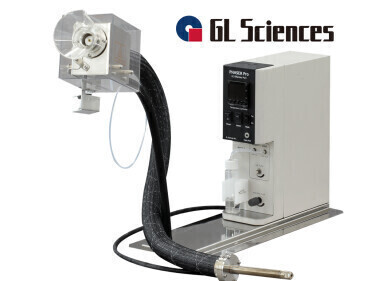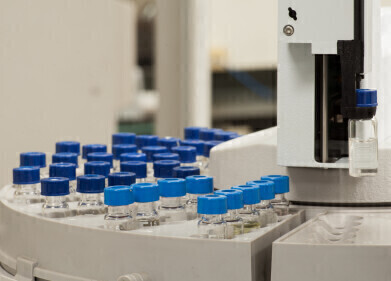-
 Tar balls have shown up on Florida's shores
Tar balls have shown up on Florida's shores
GC, MDGC
GC-MS methods used to analyse tar balls
May 24 2010
Although it was originally thought that the lumps were a result of oil from the Gulf of Mexico disaster caught by the Loop Current into the Florida Straits, studies of the tar balls have revealed otherwise.
Dr Wayne Gronlund, manager of the Coast Guard Marine Safety Laboratory, told FastCompany.com: "We have samples taken from the spill and we have these tar balls. We compare those using analytical chemical methods, specifically gas chromatography and gas chromatography-mass spectrometry."
The analyst said that the tar balls definitely do not come from the oil spill in the Gulf of Mexico, but it is possible that future rocks showing up on Florida's shores could be a result of the incident.
Researchers at the IASMA Research and Innovation Centre Fondazione Edmund Mach in San Michele all'Adige, Italy, recently applied gas chromatography-mass spectrometry techniques to test whether cosmetics had come from shark oil.
Digital Edition
Chromatography Today - Buyers' Guide 2022
October 2023
In This Edition Modern & Practical Applications - Accelerating ADC Development with Mass Spectrometry - Implementing High-Resolution Ion Mobility into Peptide Mapping Workflows Chromatogr...
View all digital editions
Events
May 15 2024 Birmingham, UK
May 19 2024 Brno, Czech Republic
May 21 2024 Lagos, Nigeria
May 23 2024 Beijing, China
May 28 2024 Tel Aviv, Israel













